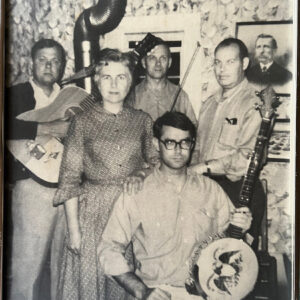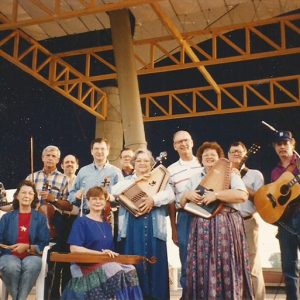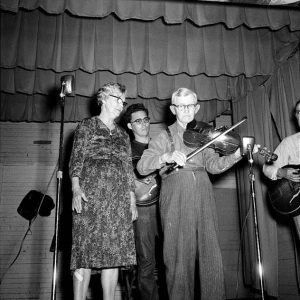 R-Pep and Clem’s Bottle Caps
R-Pep and Clem’s Bottle Caps
Entry Category: Folklore and Folklife - Starting with R
 R-Pep and Clem’s Bottle Caps
R-Pep and Clem’s Bottle Caps
Rabies
Rackensack Folklore Society
Rackensack Folklore Society, Pulaski County
 Rackensack Folklore Society, Pulaski County
Rackensack Folklore Society, Pulaski County
 Rackensack Members
Rackensack Members
Randolph, Vance
Rayburn, Otto Ernest
Rhodes, Richard (Hanging of)
 Almeda Riddle
Almeda Riddle
Robertson, Irene
Robes of Splendor
aka: Robes of the Three Villages
aka: Three Villages Robe
aka: Buffalo Dancers Robe
Rock Art, Native American
Rock Island Line, The
 Rock Town Distillery
Rock Town Distillery




